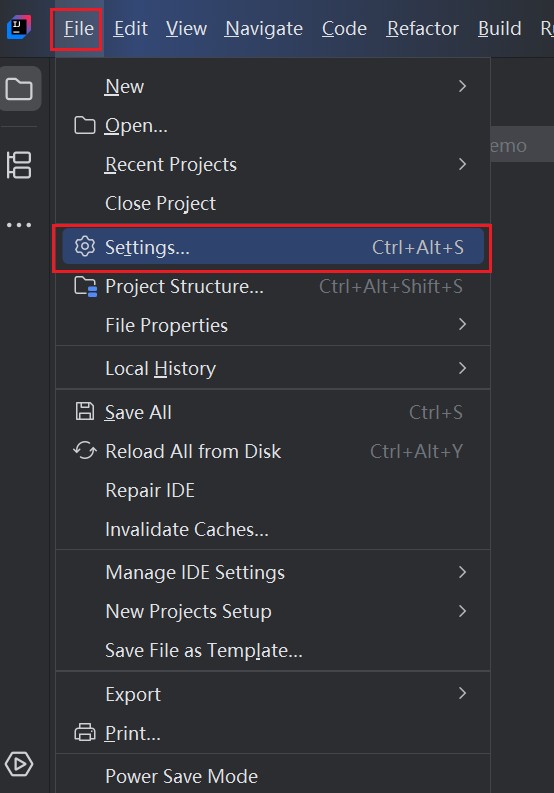第一步:定义资源(对象)
|
1 2 3 4 5 6 7 8 9 10 |
@Data @Builder public class Article { private Long id; private String author; private String title; private String content; private Date createTime; private List<Reader> reader; } |
|
1 2 3 4 5 |
@Data public class Reader { private String name; private Integer age; } |
Data、Builder都是lombok提供给我们的注解,有利于我们简化代码。可以参考本专栏之前章节对lombok进行学习。
@Builder为我们提供了通过对象属性的链式赋值构建对象的方法,下文中代码会有详细介绍。
@Data注解帮我们定义了一系列常用方法,如:getters、setters、hashcode、equals等
第二步:HTTP方法与Controller(动作)
我们实现一个简单的RESTful接口
- 增加一篇Article ,使用POST方法
- 删除一篇Article,使用DELETE方法,参数是id
- 更新一篇Article,使用PUT方法,以id为主键进行更新
- 获取一篇Article,使用GET方法
下面代码中并未真正的进行数据库操作,本专栏后面会讲解mybatis和JPA,届时会做补充。
|
1 2 3 4 5 6 7 8 9 10 11 12 13 14 15 16 17 18 19 20 21 22 23 24 25 26 27 28 29 30 31 32 33 34 35 36 37 38 39 40 41 42 43 44 45 46 47 48 49 50 51 52 53 54 55 56 |
@Slf4j @RestController @RequestMapping("/rest") public class ArticleController { //获取一篇Article,使用GET方法,根据id查询一篇文章 //@RequestMapping(value = "/articles/{id}",method = RequestMethod.GET) @GetMapping("/articles/{id}") public AjaxResponse getArticle(@PathVariable("id") Long id){ //使用lombok提供的builder构建对象 Article article = Article.builder() .id(id) .author("zimug") .content("spring boot 从青铜到王者") .createTime(new Date()) .title("t1").build(); log.info("article:" + article); return AjaxResponse.success(article); } //增加一篇Article ,使用POST方法(RequestBody方式接收参数) //@RequestMapping(value = "/articles",method = RequestMethod.POST) @PostMapping("/articles") public AjaxResponse saveArticle(@RequestBody Article article, @RequestHeader String aaa){ //因为使用了lombok的Slf4j注解,这里可以直接使用log变量打印日志 log.info("saveArticle:" + article); return AjaxResponse.success(); } //增加一篇Article ,使用POST方法(RequestParam方式接收参数) /*@PostMapping("/articles") public AjaxResponse saveArticle(@RequestParam String author, @RequestParam String title, @RequestParam String content, @DateTimeFormat(pattern = "yyyy-MM-dd HH:mm:ss") @RequestParam Date createTime){ log.info("saveArticle:" + createTime); return AjaxResponse.success(); }*/ //更新一篇Article,使用PUT方法,以id为主键进行更新 //@RequestMapping(value = "/articles",method = RequestMethod.PUT) @PutMapping("/articles") public AjaxResponse updateArticle(@RequestBody Article article){ if(article.getId() == null){ //article.id是必传参数,因为通常根据id去修改数据 //TODO 抛出一个自定义的异常 } log.info("updateArticle:" + article); return AjaxResponse.success(); } //删除一篇Article,使用DELETE方法,参数是id //@RequestMapping(value = "/articles/{id}",method = RequestMethod.DELETE) @DeleteMapping("/articles/{id}") public AjaxResponse deleteArticle(@PathVariable("id") Long id){ log.info("deleteArticle:" + id); return AjaxResponse.success(); } } |
因为使用了lombok的@Slf4j注解(类的定义处),就可以直接使用log变量打印日志。不需要写下面的这行代码。
|
1 |
private static final Logger log = LoggerFactory.getLogger(HelloController.class); |
二、统一规范接口响应的数据格式
下面这个类是用于统一数据响应接口标准的。它的作用是:统一所有开发人员响应前端请求的返回结果格式,减少前后端开发人员沟通成本,是一种RESTful接口标准化的开发约定。下面代码只对请求成功的情况进行封装,在后续的异常处理相关的章节会做更加详细的说明。
|
1 2 3 4 5 6 7 8 9 10 11 12 13 14 15 16 17 18 19 20 21 22 23 24 25 26 27 28 29 30 31 32 33 34 |
@Data public class AjaxResponse { private boolean isok; //请求是否处理成功 private int code; //请求响应状态码(200、400、500) private String message; //请求结果描述信息 private Object data; //请求结果数据(通常用于查询操作) private AjaxResponse(){} //请求成功的响应,不带查询数据(用于删除、修改、新增接口) public static AjaxResponse success(){ AjaxResponse ajaxResponse = new AjaxResponse(); ajaxResponse.setIsok(true); ajaxResponse.setCode(200); ajaxResponse.setMessage("请求响应成功!"); return ajaxResponse; } //请求成功的响应,带有查询数据(用于数据查询接口) public static AjaxResponse success(Object obj){ AjaxResponse ajaxResponse = new AjaxResponse(); ajaxResponse.setIsok(true); ajaxResponse.setCode(200); ajaxResponse.setMessage("请求响应成功!"); ajaxResponse.setData(obj); return ajaxResponse; } //请求成功的响应,带有查询数据(用于数据查询接口) public static AjaxResponse success(Object obj,String message){ AjaxResponse ajaxResponse = new AjaxResponse(); ajaxResponse.setIsok(true); ajaxResponse.setCode(200); ajaxResponse.setMessage(message); ajaxResponse.setData(obj); return ajaxResponse; } } |

